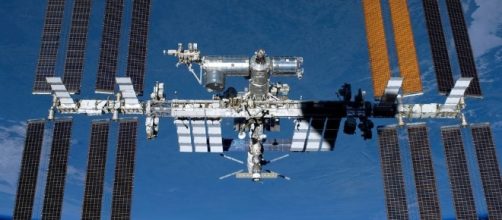Ars Technica is reporting that a group of three aerospace companies is reviving an idea that has been around in various forms since the Apollo program of the “wet workshop," and the idea is to take the third stage of a launch vehicle and refurbish it as a space station. The notion was considered as an option for what eventually became Skylab. Another version was mulled as a replacement for the Space Station Freedom project.
The wet workshop
Back in the 1960s, when NASA was considering what it might want to do after the moon landings, one of the ideas was to use Apollo-Saturn infrastructure to build a space station in low Earth orbit.
One option was called the “wet workshop” which would have involved launching a Saturn IB rocket into low Earth orbit and then outfitting the hydrogen tank in the upper stage as a habitable space to live and work in.
The wet workshop option was eventually discarded in favor of the “dry workshop.” This concept involved outfitting the upper stage of a Saturn V as a complete, prefabricated space station and launching it into orbit. The idea became Skylab, which was visited by three crews in Apollo spacecraft after the last Apollo moon mission.
The shuttle's external tank as a space station
20 years after Skylab, when the government was trying to figure out what to do with the faltering Space Station Freedom project, a group of engineers at the Johnson Spaceflight Center proposed a plan called “Geode.” Geode would have involved leaving a space Shuttle External Tank in low Earth orbit and then outfitting it as a space station similar to the wet workshop plan.
The beauty of the scheme was that it would create far more habitable volume than any other space station concept. Geode was rejected in favor of the plan the eventually became the International Space Station
The return of the upper stage orbiting laboratory
A group of companies including Nanoracks, Loral Space Systems, and United Launch Alliance has revived the idea of the wet workshop, this time using the Centaur upper stage of an Atlas V. The group has a contract with NASA to study the concept and come up with a plan for its implementation. The project could become another path toward building commercial space stations.
While the wet workshop was not considered feasible in the late 1960s, NASA and its contractors have the advantage of decades of experience working in space. Loral is going to provide the technology to outfit the spent stages robotically, something that was not available decades ago. So the wet workshop may be an idea whose time has finally come.


